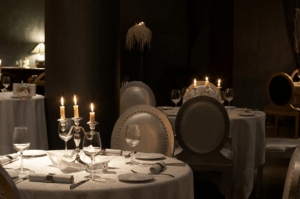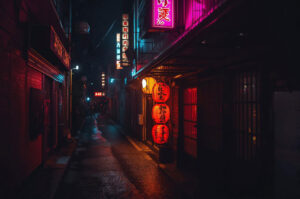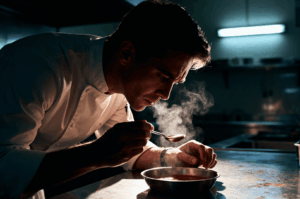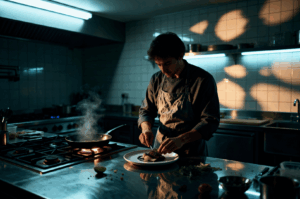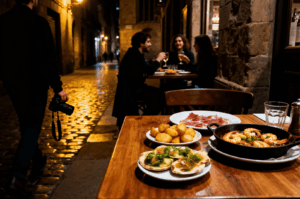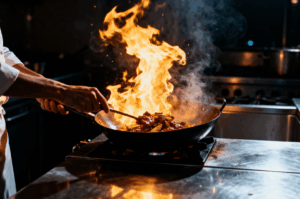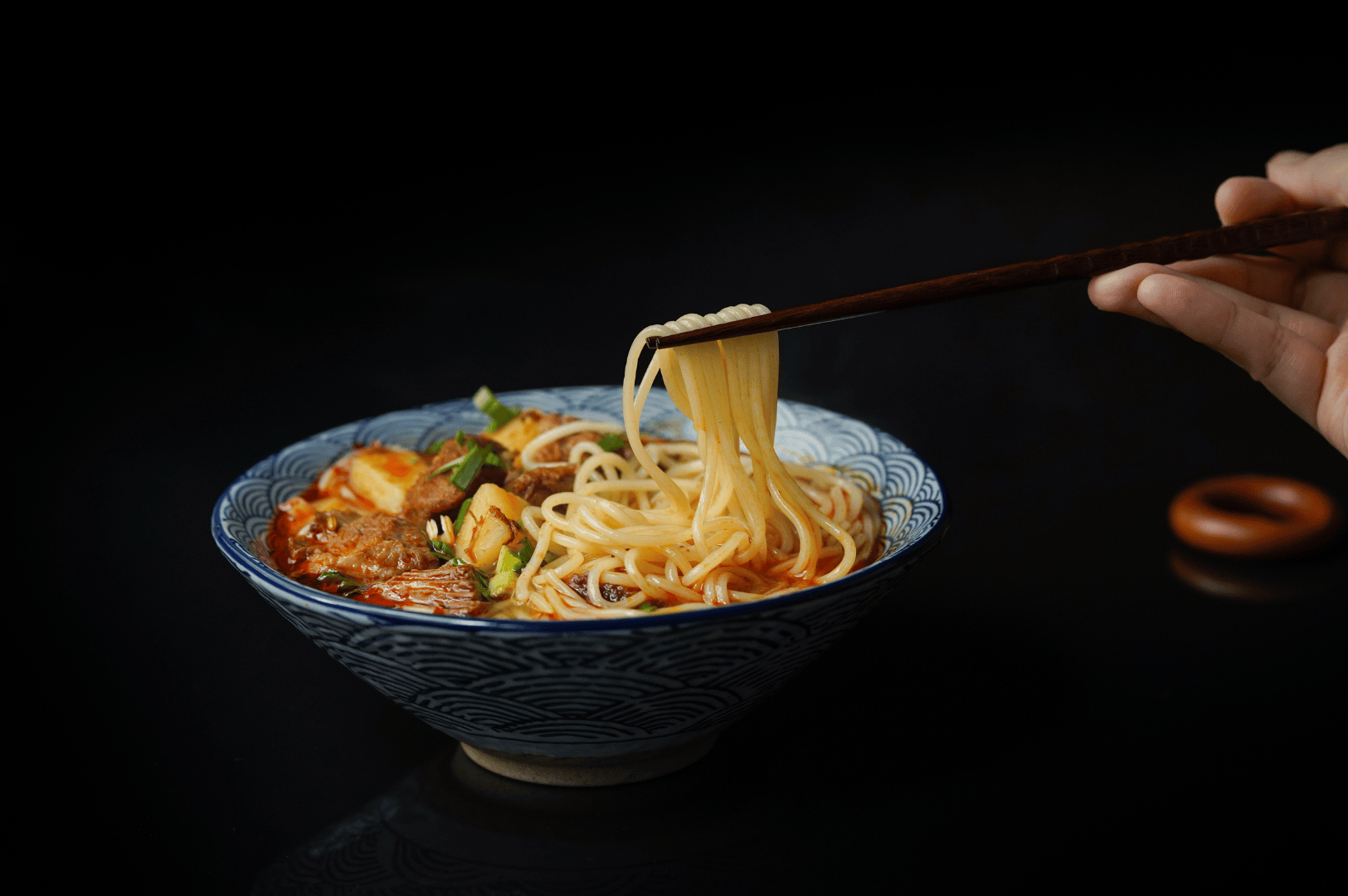
I’ll never forget my first real taste of Tokyo late night ramen. It was nearly 2 a.m., the last train was gone, and I was soaked from a sudden downpour. I ducked into a tiny, steamy shop marked only by a red lantern, squeezed onto a stool at the bar, and ordered. The bowl that arrived wasn’t just noodles and broth; it was a warm, savory hug that made the world right again. Eating ramen in that quiet, late-night shop, with the aroma of simmering broth and the sound of slurping all around, was an unforgettable sensory experience. This is the magic of Tokyo’s late-night ramen shops—they’re more than just places to eat; they’re sanctuaries. In Japan, ramen is deeply rooted in the culture and is a staple of the country's nightlife, offering an authentic experience that locals and visitors cherish.
This guide is for those looking to experience that same magic. Forget the big chains. We’re diving deep into the world of hidden ramen spots that truly come alive after the city has gone to sleep.
My Favorite Secret Ramen Spots in Tokyo
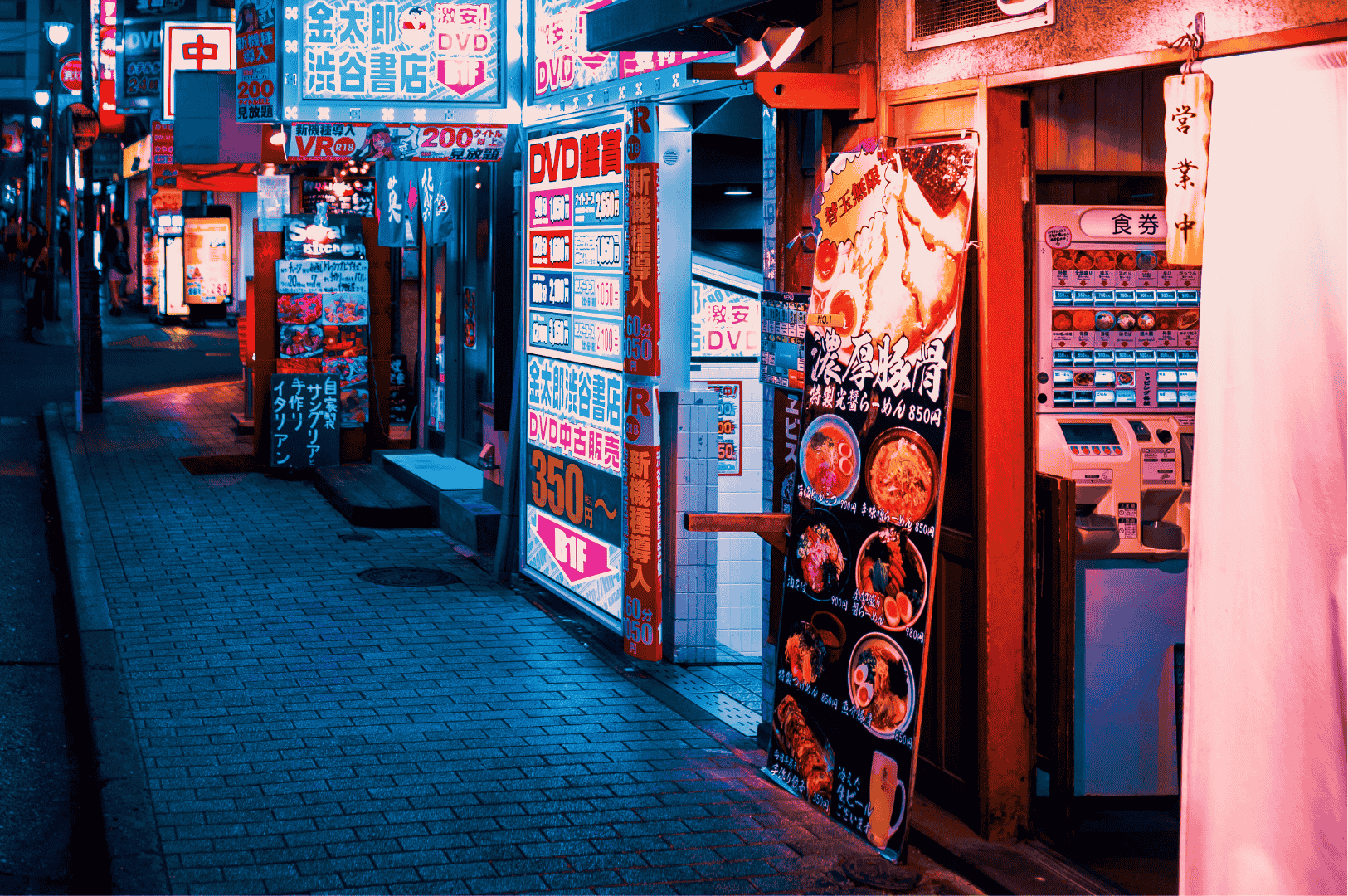
Here are a few of my go-to places for the best ramen after midnight. Many late-night ramen shops offer a variety of dishes, including different types of ramen, snacks, and rice-based sides, so you can enjoy a diverse menu to suit your cravings, and savor the satisfying bite of tender pork or beef slices in some of the best bowls.
1. Warito
Signature Dish: Sweet and Sour Tsukemen (¥1,100)
- Nearest Station: Shibuya Station
- Why I Love It: Warito offers a beautifully balanced tsukemen with a sweet and sour broth that’s rich yet not overwhelming. The fish-forward flavor is complemented by a silky smoothness, making it a standout choice for late-night dining. Their ajitama (flavored egg) is one of the best in Tokyo, and the cozy atmosphere adds to the charm. Open until 11 PM on select nights, Warito is a perfect spot for a satisfying tsukemen experience after a long day.
2. Hakata Nagahama Tanaka Shoten
Signature Dish: Hakata-Style Tonkotsu Ramen (¥950)
- Nearest Station: Rokucho Station
- Why I Love It: Tanaka Shoten is a hidden gem for authentic Hakata-style tonkotsu ramen, known for its unapologetically rich and creamy pork bone broth. Toppings include tender chashu pork, wood ear mushrooms, and spring onions, with customizable noodle firmness. Open late, this spot is perfect for a midnight ramen fix, offering a truly authentic experience for those willing to venture to Adachi City.
3. Ginza Kagari Honten
Signature Dish: Slow-Cooked Chicken Ramen (¥1,200)
- Nearest Station: Ginza Station
- Why I Love It: Tucked away in a hidden alley in Ginza, Kagari is renowned for its rich and creamy chicken broth (tori-paitan). The broth is made from 100% domestic chicken, slow-cooked to perfection, and enhanced with a special salt sauce (shio-kaeshi) that combines natural salt, seafood, kelp, and shiitake mushrooms. The thin slices of tender chicken and firm noodles create a harmonious balance of flavors and textures. It’s a must-visit for anyone seeking a refined and unforgettable ramen experience.
4. Kamo to Negi
Signature Dish: Duck Ramen (¥1,260)
- Nearest Station: Ueno Station
- Why I Love It: Nestled under the train tracks near Ueno Station, Kamo to Negi is a hidden gem for duck ramen lovers. The golden duck-infused broth is rich and salty, simmered for hours to perfection. The tender duck confit slices have the ideal meat-to-fat ratio, creating a melt-in-your-mouth experience. The noodles are soft yet bouncy, soaking up the broth’s flavors beautifully. Topped with charred leeks and green onions, this bowl offers a smoky, sweet contrast to the savory richness. The cozy interior and efficient service make it a must-visit spot for a unique ramen experience.
Navigating and Ordering Tips for First Timers
Exploring Tokyo requires a bit of planning. These are my top travel tips:
- Transportation: Most trains stop running around midnight. Your options are a taxi or walking. Plan your ramen adventure around a restaurant you can walk to. Be aware that you may have to wait at popular ramen shops, especially if they are in the middle of busy districts or if you visit in the middle of the night.
- Ordering: Many shops use a ticket machine. You insert cash, press the button for your desired dish, and hand the ticket to the chef. The menu might be entirely in Japanese, so don’t be afraid to ask for help. Pointing is universal!
- Helpful Phrases:
- “Sumimasen” - “Excuse me.”
- “Osusume wa nan desu ka?” - “What do you recommend?”
- “Gochisousama deshita” - “Thank you for the meal.”
Some shops also offer tsukemen, a style of ramen featuring cold noodles served alongside a thick, flavorful dipping soup. With these dipping noodles, you dip each bite into the thick soup, which is often poured into a separate bowl for this purpose.
Ready to Explore Unique Ramen Shops?
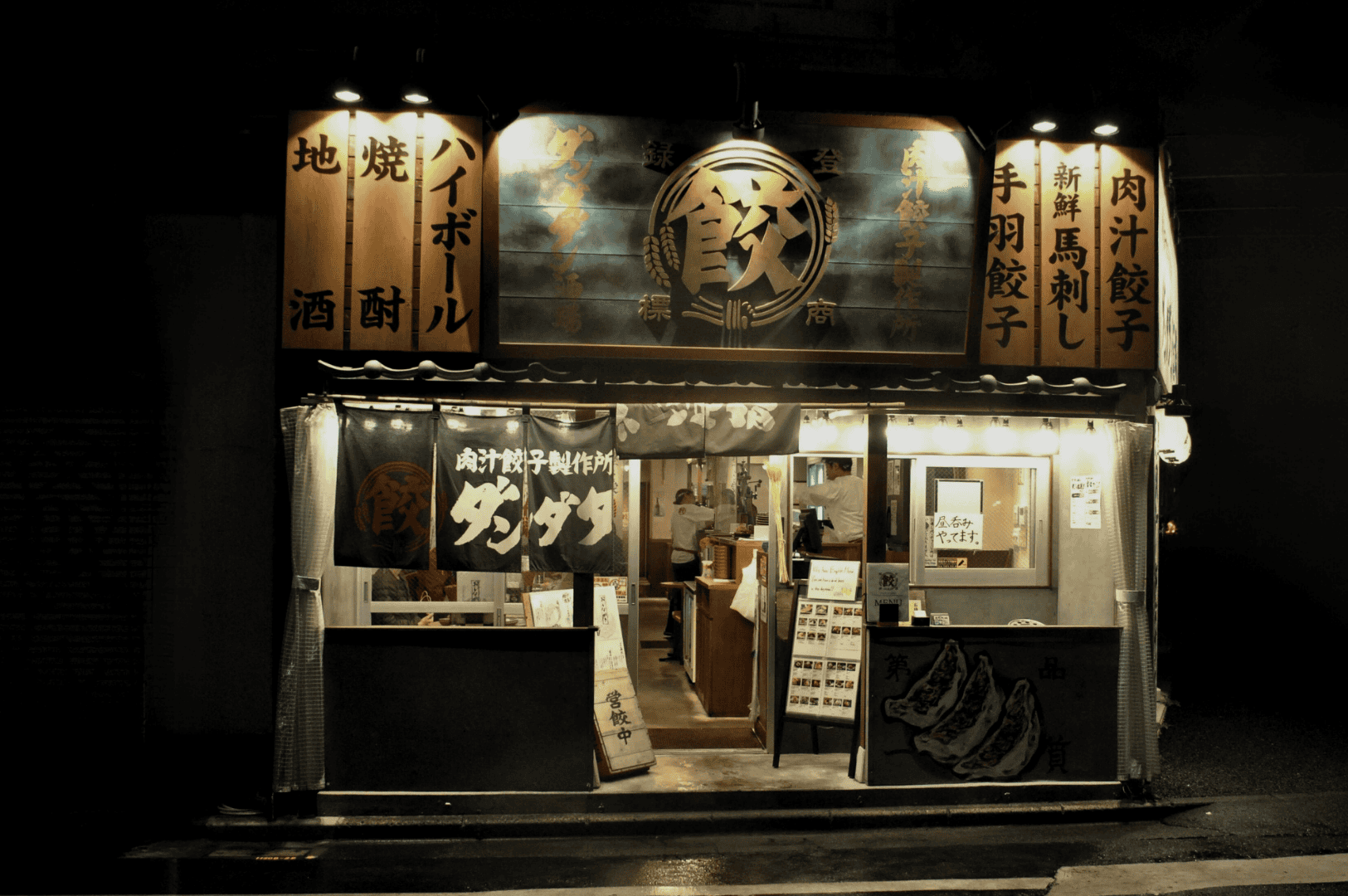
There's something incredibly special about sharing a small, warm space with strangers in the quiet hours of the night, all of you there to slurp a delicious bowl of noodles. It connects you to the rhythm of the city. So next time you're in Tokyo and find yourself waiting for the first train, don't just sit there. Go find a lantern-lit doorway and a perfect bowl of ramen. You won’t regret it.
For more inspiration, explore contrasting day-and-night photography techniques or dive into my guide to mastering low-light food photography to sharpen your skills behind the lens.
Michelin Guide SG: The Complete Guide to Documenting Culinary Excellence and Cultural Memory
Sarah Teh | December 10, 2025
In Singapore’s michelin starred restaurants, moments of cultural memory unfold alongside fine dining. The michelin guide singapore is more than a ranking; it maps spaces where tradition, mastery, and aesthetics converge into experiences that exist briefly before becoming memory. Singapore stands out as a notable gastronomic destination in the Asia-Pacific region and the country’s culinary…
Tokyo Photography: A Guide to Izakaya and City Lights After Dark
Sarah Teh | December 10, 2025
The rain stops, but the streets of Shinjuku still gleam. Reflections of a thousand neon signs shimmer on the wet asphalt, painting the world in electric blue and vibrant pink. For a photographer, Tokyo at night is an endless playground. Nestled within this cinematic landscape, down a narrow alley and behind humble doorways, are the…
Night Photography Portfolio: Singapore’s Most Photogenic Fusion Restaurants
Sarah Teh | December 8, 2025
As the tropical sun dips below the horizon and the Lion City transforms into a glittering metropolis of neon and steel, savvy photographers know they’re about to witness the city at its most visually rich. Nowhere does this beauty come alive more than in Singapore’s growing scene of fusion restaurants, where each establishment is a…
Best Restaurant Singapore: A Complete Guide to the Lion City’s Top Dining Destinations
Sarah Teh | December 3, 2025
Singapore is a global food capital where hawker stalls and Michelin-starred restaurants coexist, reflecting the island’s rich multicultural heritage. The city offers a vibrant culinary scene, from traditional dishes steeped in history to innovative fine dining that pushes creative boundaries. Whether you’re a local or a traveler, this guide will help you discover the best…
Best Dining Experiences in Singapore: The Coolest Restaurants Right Now – Scene, Substance, and Stories Behind the Plates
Sarah Teh | November 26, 2025
What makes a restaurant truly cool in Singapore? It’s more than hype-it’s about story, substance, and scene coming together. Singapore stands out as one of the top cities for diverse and affordable dining experiences, thanks to its vibrant food scene and dynamic neighborhoods. The city’s coolest restaurants offer a unique dining experience where every detail-from…
The Art of Waiting: Chef Portraits Photography
Sarah Teh | November 19, 2025
The kitchen closes. The last server clocks out, and the dining room succumbs to a deep, restful silence. As a photographer who specializes in capturing culinary scenes after dark, I’ve learned that the most profound moments don’t happen during the frantic pace of service. They unfold in the quiet hours that follow, when a chef…
Shadow Play: Using Contrast for Dramatic Food Photography
Sarah Teh | November 12, 2025
Most food photographers chase the light. They seek bright, airy scenes with soft, even illumination to make food look fresh and appealing. But after the sun goes down, or on a dark and moody day, a different kind of magic emerges. I’ve learned to stop chasing bright light and start embracing the darkness. The secret…
Midnight Food Photography: The Secret Life of Restaurant Kitchens After Closing
Sarah Teh | November 5, 2025
The final customer has paid their bill and walked out into the night. The clatter of dishes fades, the front doors are locked, and a deep quiet settles over the restaurant. For most, this is the end of the day. For me, this is when the real work begins. My type of photography isn’t about…
Midnight Tapas: Barcelona’s Hidden Late-Hour Street Food Culinary Gems
Sarah Teh | October 29, 2025
The city of Barcelona breathes differently after midnight. The relentless energy of La Rambla softens to a murmur, and the ancient lanes of the Gothic Quarter trade crowds for shadows. This is when the true life of the city reveals itself, not in grand pronouncements, but in the clinking of a glass and the shared…
Flame Photography Techniques: Light Painting with Kitchen Flames – A Midnight Photographer’s Technical Guide
Sarah Teh | October 22, 2025
There is a raw, untamed energy in a kitchen at full tilt. For those of us who practice food photography, the most captivating element is often the most dangerous: fire. A burst of flame from a wok or the steady burn of candles on a dining table is more than just part of the cooking…
